Role Poet Name Anne Sexton | Genre Confessional poetry Children Linda Gray Sexton | |
Born November 9, 1928Newton, Massachusetts, U.S. ( 1928-11-09 ) Spouse Alfred Muller Sexton II (1948-1973) Books The Complete Poems, Live or Die, The death notebooks, The awful rowing toward God, To Bedlam and part way back Similar People | ||
Anne sexton reads her kind 1966
Anne Sexton (November 9, 1928 – October 4, 1974) was an American poet, known for her highly personal, confessional verse. She won the Pulitzer Prize for poetry in 1967 for her book Live or Die. Themes of her poetry include her long battle against depression and mania, suicidal tendencies, and various intimate details from her private life, including her relationships with her husband and children.
Contents
- Anne sexton reads her kind 1966
- Rare film clips of the poet anne sexton
- Early life and family
- Poetry
- Death
- Content and themes of work
- Subsequent controversy
- Legacy and tributes
- In other media
- Poetry and prose collections and novels
- Childrens books
- References

Rare film clips of the poet anne sexton
Early life and family
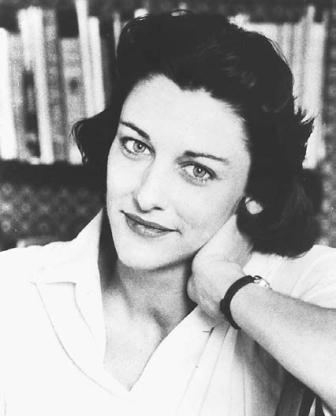
Anne Sexton was born Anne Gray Harvey in Newton, Massachusetts to Mary Gray (Staples) Harvey (1901–1959) and Ralph Churchill Harvey (1900–1959). She had two older sisters, Jane Elizabeth (Harvey) Jealous (1923–1983) and Blanche Dingley (Harvey) Taylor (1925–2011). She spent most of her childhood in Boston. In 1945 she enrolled at Rogers Hall boarding school, Lowell, Massachusetts, later spending a year at Garland School. For a time she modeled for Boston's Hart Agency. On August 16, 1948, she married Alfred Muller Sexton II and they remained together until 1973. She had two children named Linda Gray (1953) and Joyce Ladd (1955).
Poetry
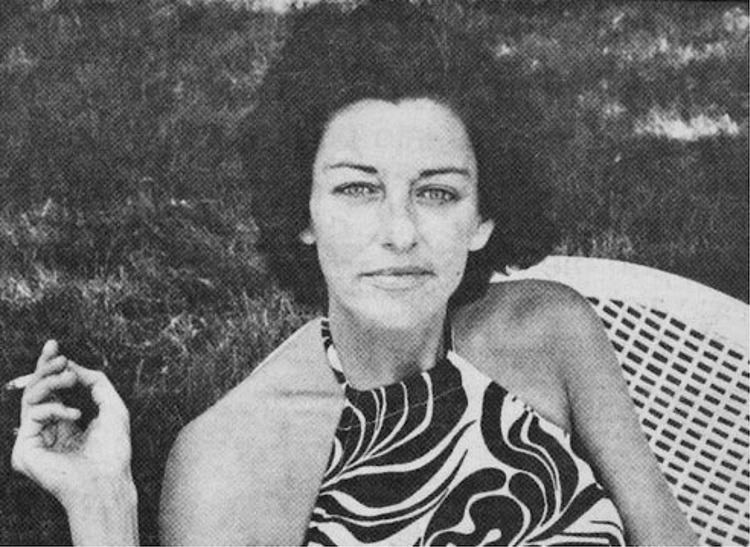
Sexton suffered from severe mental illness for much of her life, her first manic episode taking place in 1954. After a second episode in 1955 she met Dr. Martin Orne, who became her long-term therapist at the Glenside Hospital. It was Dr. Orne who encouraged her to take up poetry.
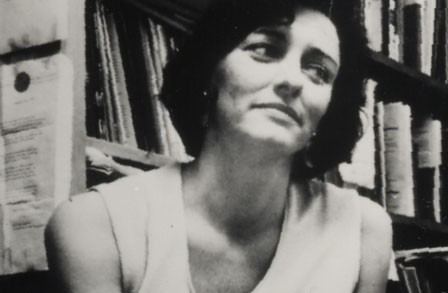
The first poetry workshop she attended was led by John Holmes. Sexton felt great trepidation about registering for the class, asking a friend to make the phone call and accompany her to the first session. She found early acclaim with her poetry; a number were accepted by The New Yorker, Harper's Magazine and the Saturday Review. Sexton later studied with Robert Lowell at Boston University alongside distinguished poets Sylvia Plath and George Starbuck.
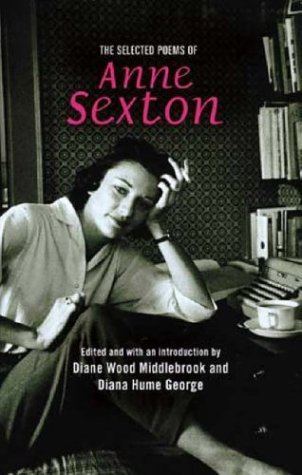
Sexton's poetic career was encouraged by her mentor W.D. Snodgrass, whom she met at the Antioch Writer's Conference in 1957. His poem "Heart's Needle" proved inspirational for her in its theme of separation from his three-year-old daughter. Sexton first read the poem at a time when her own young daughter was living with her mother-in-law. She, in turn, wrote "The Double Image", a poem which explores the multi-generational relationship between mother and daughter. Sexton began writing letters to Snodgrass and they became friends.
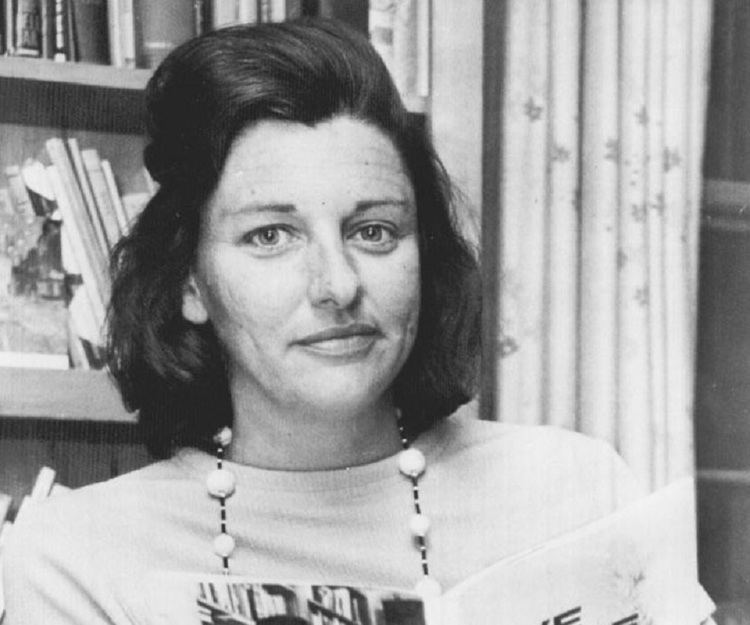
While working with John Holmes, Sexton encountered Maxine Kumin. They became good friends and remained so for the rest of Sexton's life. Kumin and Sexton rigorously critiqued each other's work and wrote four children's books together. In the late 1960s, the manic elements of Sexton's illness began to affect her career, though she still wrote and published work and gave readings of her poetry. She collaborated with musicians, forming a jazz-rock group called "Her Kind" that added music to her poetry. Her play Mercy Street, starring Marian Seldes, was produced in 1969, after several years of revisions. Sexton also collaborated with the artist Barbara Swan, who illustrated several of her books.
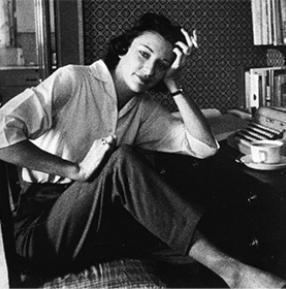
Within twelve years of writing her first sonnet, she was one of the most honored poets in America: a Pulitzer Prize winner, a fellow of the Royal Society of Literature and the first female member of the Harvard chapter of Phi Beta Kappa.
Death
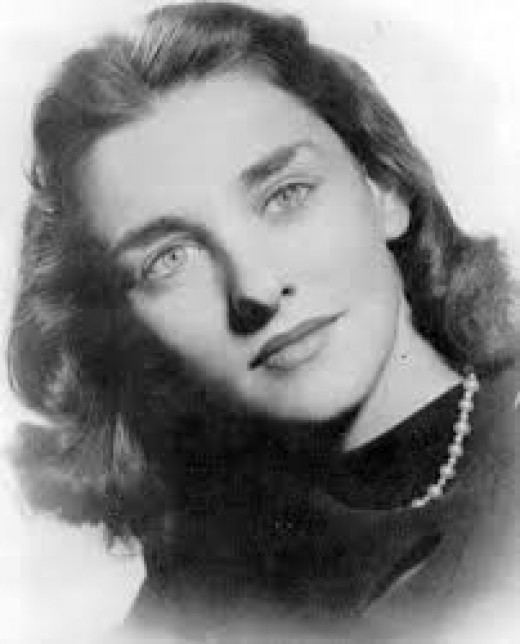
On October 4, 1974, Sexton had lunch with Kumin to revise galleys for Sexton's manuscript of The Awful Rowing Toward God, scheduled for publication in March 1975 (Middlebrook 396). On returning home she put on her mother's old fur coat, removed all her rings, poured herself a glass of vodka, locked herself in her garage, and started the engine of her car, committing suicide by carbon monoxide poisoning.
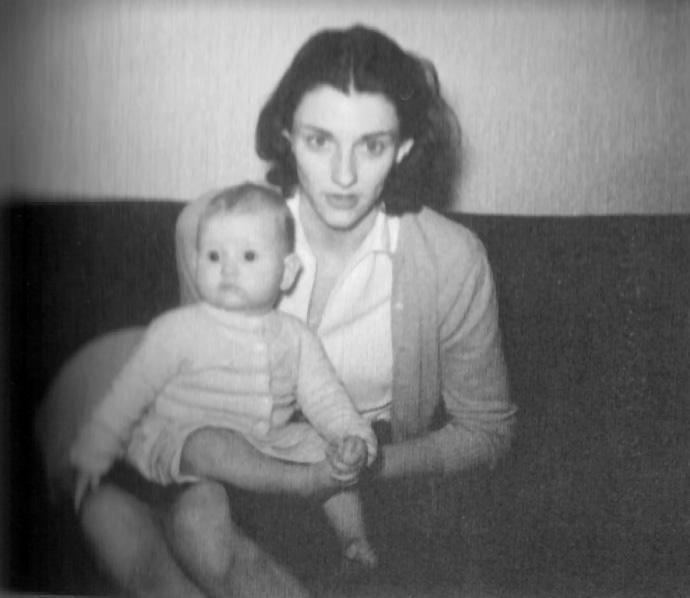
In an interview over a year before her death, she explained she had written the first drafts of The Awful Rowing Toward God in twenty days with "two days out for despair and three days out in a mental hospital." She went on to say that she would not allow the poems to be published before her death. She is buried at Forest Hills Cemetery & Crematory in Jamaica Plain, Boston, Massachusetts.
Content and themes of work
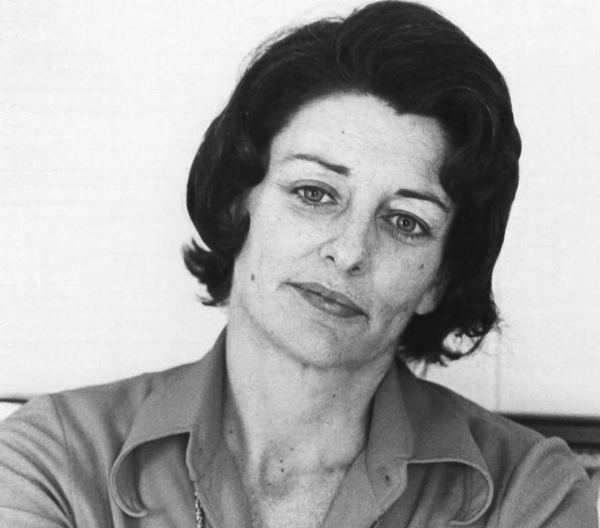
Sexton is seen as the modern model of the confessional poet. Maxine Kumin described Sexton's work: "She wrote openly about menstruation, abortion, masturbation, incest, adultery, and drug addiction at a time when the proprieties embraced none of these as proper topics for poetry." Sexton's work towards the end of the sixties has been criticized as "preening, lazy and flip" by otherwise respectful critics. Some critics regard her dependence on alcohol as compromising her last work. However, other critics see Sexton as a poet whose writing matured over time. "Starting as a relatively conventional writer, she learned to roughen up her line. ... to use as an instrument against the 'politesse' of language, politics, religion [and] sex."

Her eighth collection of poetry is entitled The Awful Rowing Toward God. The title came from her meeting with a Roman Catholic priest who, although unwilling to administer last rites, told her "God is in your typewriter." This gave the poet the desire and willpower to continue living and writing. The Awful Rowing Toward God and The Death Notebooks are among her final works, and both center on the theme of dying.
Her work started out as being about herself, however as her career progressed she made periodic attempts to reach outside the realm of her own life for poetic themes. Transformations (1971), which is a revisionary re-telling of Grimm's Fairy Tales, is one such book. (Transformations was used as the libretto for the 1973 opera of the same name by American composer Conrad Susa.) Later she used Christopher Smart's Jubilate Agno and the Bible as the basis for some of her work.
Much has been made of the tangled threads of her writing, her life and her depression, much in the same way as with Sylvia Plath's suicide in 1963. Robert Lowell, Adrienne Rich and Denise Levertov commented in separate obituaries on the role of creativity in Sexton's death. Levertov says, "We who are alive must make clear, as she could not, the distinction between creativity and self-destruction."
Subsequent controversy
Following one of many suicide attempts and manic or depressive episodes, Sexton worked with therapist Dr. Martin Orne. He diagnosed her with what is now described as bipolar disorder, but his competence to do so is called into question by his early use of allegedly unsound psychotherapeutic techniques. During sessions with Anne Sexton he used hypnosis and sodium pentothal to recover supposedly repressed memories. During this process, he allegedly used suggestion to uncover memories of having been abused by her father. This abuse was disputed in interviews with her mother and other relatives. Dr. Orne wrote that hypnosis in an adult frequently does not present accurate memories of childhood; instead, "adults under hypnosis are not literally reliving their early childhoods but presenting them through the prisms of adulthood." According to Dr. Orne, Anne Sexton was extremely suggestible and would mimic the symptoms of the patients around her in the mental hospitals to which she was committed. The Diane Middlebrook biography states that a separate personality named Elizabeth emerged in Sexton while under hypnosis. Dr. Orne did not encourage this development and subsequently this "alternate personality" disappeared. Dr. Orne eventually concluded that Anne Sexton was suffering from hysteria. During the writing of the Middlebrook biography, Linda Gray Sexton stated that she had been sexually assaulted by her mother. In 1994, Linda Gray Sexton published her autobiography, Searching for Mercy Street: My Journey Back to My Mother, Anne Sexton, which includes her own accounts of the abuse.
Middlebrook published her controversial biography of Anne Sexton with the approval of Linda Gray Sexton, Anne's literary executor. For use in the biography, Dr. Orne had given Diane Middlebrook most of the tapes recording the therapy sessions between Orne and Anne Sexton. The use of these tapes was met with, as The New York Times put it, "thunderous condemnation." Middlebrook received the tapes after she had written a substantial amount of the first draft of Sexton's biography, and decided to start over. Although Linda Gray Sexton collaborated with the Middlebrook biography, other members of the Sexton family were divided over the book, publishing several editorials and op-ed pieces, in The New York Times and The New York Times Book Review.
Controversy continued with the posthumous public release of the tapes (which had been subject to doctor-patient confidentiality). They are said to reveal Sexton's inappropriate behavior with her daughter Linda, her physically violent behavior toward both her daughters, and her physical altercations with her husband.
Yet more controversy surrounded allegations that Anne Sexton had an affair with the therapist who replaced Dr. Orne in the 1960s. No action was taken to censure or discipline the second therapist. Dr. Orne considered the affair with the second therapist (given the pseudonym "Ollie Zweizung" by Middlebrook and Linda Sexton) to be the catalyst that eventually resulted in her suicide.
Legacy and tributes
Peter Gabriel dedicated his song "Mercy Street", from his 1986 album So, to Sexton. She has been described as a "personal touchstone" for Morrissey, former lead singer and lyricist of The Smiths. She is commemorated on the Boston Women's Heritage Trail.
In other media
In James Ellroy's 1987 novel The Black Dahlia, the epigraph is "Now I fold you down, my drunkard, my navigator, My first lost keeper, to love and look at later." The passage is from Sexton's 1962 poem All My Pretty Ones.
Poetry and prose (collections and novels)
Children's books
all co-written with Maxine Kumin
